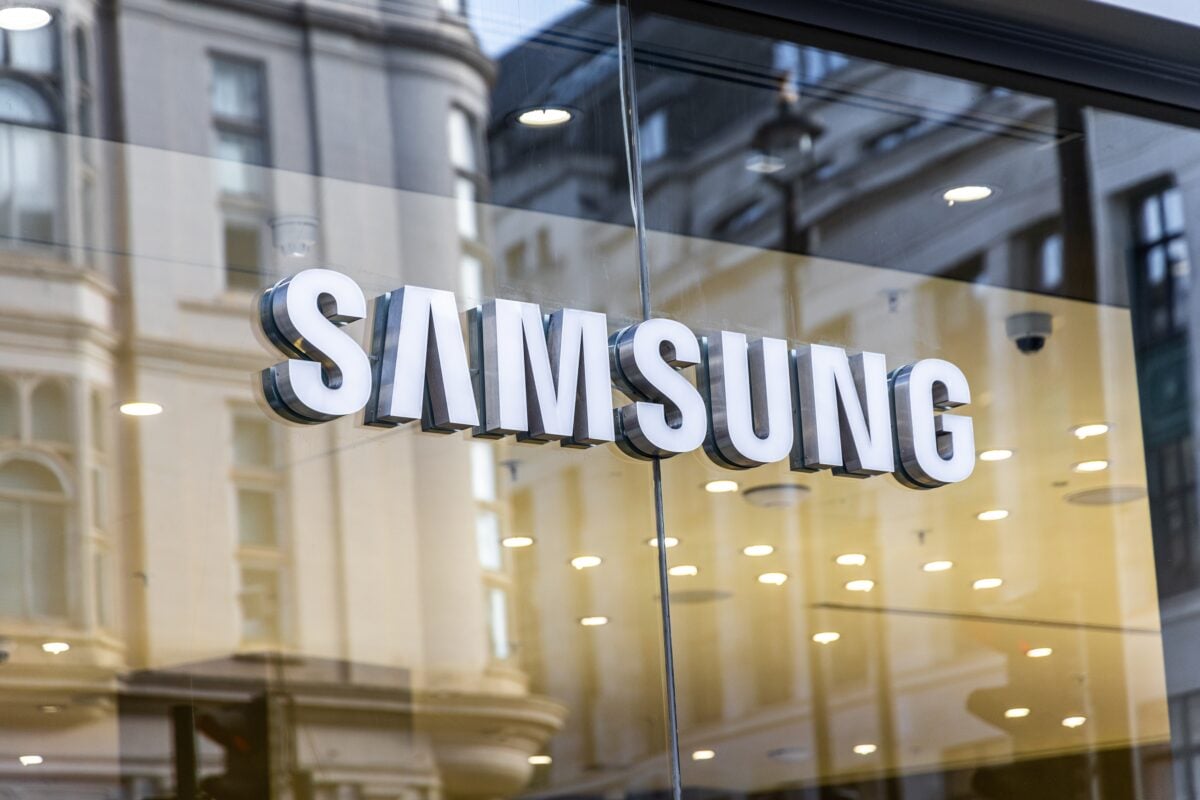TLDRs:
Contents
- Samsung secures record 82% domestic smartphone market share between January and July 2025, per Counterpoint Research.
- Galaxy S25 series and Galaxy Z Fold7 drive growth despite an overall dip in South Korea’s smartphone sales.
- Local manufacturing, carrier subsidies, and cultural familiarity strengthen Samsung’s competitive edge in home market.
- Apple’s market share in South Korea falls to 18%, showing rapid shifts in smartphone competition.
Samsung Electronics has achieved a historic milestone, capturing 82% of South Korea’s smartphone market for the first time, according to data from Counterpoint Research.
From January to July 2025, the tech giant’s domestic market share rose four percentage points year-on-year, defying an overall decline in national smartphone sales.
The surge is largely attributed to strong performances from the Galaxy S25 series and the Galaxy Z Fold7, both launched earlier this year. The Galaxy S25 lineup features Qualcomm’s Snapdragon 8 Elite chipset and a top-tier model boasting a 200-megapixel camera. Meanwhile, the Z Fold7, redesigned without an S Pen slot for a slimmer and lighter profile, incorporates improved hardware durability.
Design Tweaks, Hardware Upgrades, and Strategic Pricing
While the Z Fold7’s price ticked upward, generous mobile carrier subsidies helped offset costs for consumers. The device’s durability improvements and portability enhancements attracted both tech enthusiasts and mainstream buyers.
Samsung’s decision to balance innovation with strategic pricing for the S25 series, keeping prices in line with its predecessor, allowed it to appeal to a broad range of customers.
In contrast, Apple’s share of the South Korean smartphone market slipped to 18%, down from 25% in 2023. This decline came despite the iPhone 15 seeing nearly 50% higher first-week sales than its predecessor, boosted by earlier availability in Korea and added Apple Pay transit card integration.
Local Advantage Solidifies Market Dominance
Samsung’s commanding position in its home market far exceeds its global smartphone share, underscoring the power of local advantages.
The company benefits from domestic manufacturing, entrenched carrier relationships, culturally tailored marketing, and brand familiarity that foreign competitors struggle to match.
Historically, Samsung became the world’s second-largest mobile manufacturer in 2007 with only 14% global share. Even during global highs like the Galaxy S4 era, when Samsung captured 32.3% worldwide market share after selling 10 million units in just 30 days, the company never reached its current level of home dominance.
Industry observers note that smartphone market share can swing dramatically over short periods, much like quarterly earnings reports. Apple’s recent decline demonstrates how quickly competitive momentum can shift, even with a successful launch.
Samsung’s rapid counterattack, introducing devices with leading-edge chipsets and competitive pricing, illustrates the agility required to defend market leadership. With Apple’s iPhone 17 expected later this year, analysts caution that the balance could tilt again.
For now, however, Samsung’s dominance is clear. Its combination of high-performance devices, local advantage, and strategic partnerships has cemented an unprecedented lead in one of the world’s most competitive smartphone arenas.


